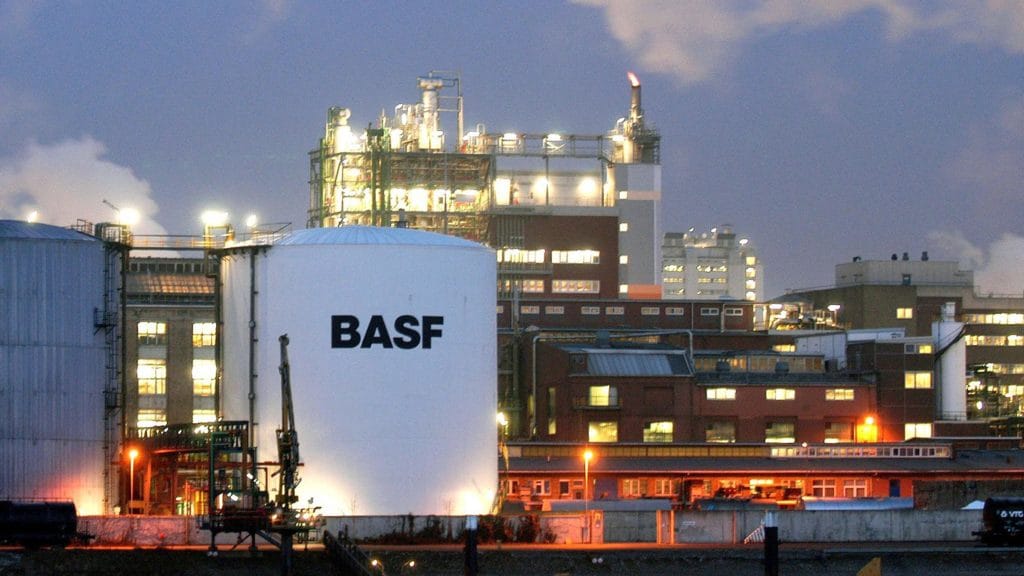Unlocking Value: A Comprehensive Analysis of BASF SE Stock Performance and Future Prospects

In an ever-evolving market, the performance of BASF SE stock stands as a testament to the company’s resilience and innovation. As a global leader in the chemical industry, BASF has consistently balanced sustainability with growth, creating a compelling narrative for investors. Understanding the dynamics of BASF’s stock performance requires a closer look at its historical trends, market influences, and strategic initiatives. With potential headwinds such as fluctuating commodity prices and environmental regulations, the question remains: Is BASF positioned for future growth?
Delving into a comprehensive analysis, we will explore the factors affecting BASF’s stock, shedding light on the company’s strengths and challenges. Join us as we unlock the value behind BASF SE’s stock performance and uncover what the future holds for this industrial giant.
Overview of BASF SE’s Business Model
BASF SE, the world’s largest chemical company, operates a diversified business model centered on innovation, sustainability, and integrated production systems. The company’s Verbund concept—a network of interconnected production sites—optimizes resource efficiency by using by-products from one process as raw materials for another. This model reduces costs, minimizes waste, and enhances competitiveness.
BASF serves industries like automotive, agriculture, construction, and electronics through six key segments: Chemicals, Materials, Industrial Solutions, Surface Technologies, Nutrition & Care, and Agricultural Solutions. Its product portfolio spans plastics, coatings, catalysts, and crop protection chemicals, ensuring revenue streams from both cyclical and non-cyclical markets.
Sustainability drives BASF’s strategy, with initiatives like carbon-neutral production targets and investments in bio-based materials. For example, its Zhanjiang Verbund site in China aims to run entirely on renewable energy by 2025.
Historical Stock Performance of BASF SE
BASF’s stock has faced volatility in recent years. Over the past three years, shares fell 21.14% from €51.66 (2022) to €40.74 (2025)。 In 2024, the stock underperformed the DAX index, dropping 0.93% to €41.61 amid broader market declines.
However, long-term resilience is evident. Since its 1995 low of €7.51, BASF rebounded to €44.93 in December 2024. Analysts attribute recent dips to macroeconomic pressures, including inflation and supply chain disruptions. Despite short-term challenges, BASF’s market capitalization remains robust at €36.42 billion, reflecting its industry leadership.
Key Financial Metrics and Ratios
Revenue: €65.26 billion (2024), down from €68.9 billion in 2023 due to price competition and currency effects.
EBITDA: €7.9 billion (2024), up 2% YoY, driven by core business growth.
Net Income: €1.3 billion (2024), a significant recovery from €0.2 billion in 2023.
Dividend Yield: 3.67%, with a proposed 2024 dividend of €2.25 per share.
ROE/ROA: 2.00% and 0.90%, respectively, indicating moderate profitability.
Debt-to-Equity Ratio: 69.16, reflecting strategic leverage for growth investments.
Factors Influencing BASF SE Stock Price
Economic Factors: Interest rates, inflation, and GDP growth impact demand for chemicals. High inflation in 2024 raised production costs, squeezing margins.
Market Sentiment: Investor optimism about sustainability initiatives contrasts with concerns over regulatory risks and raw material price volatility.
Firm-Specific Drivers: R&D investments (€2.1 billion annually), strategic acquisitions (e.g., Alsachimie), and capacity expansions (e.g., French HMD plant) bolster long-term growth.
Market Trends Impacting the Chemical Industry
Demand Surge: The global chemicals market is projected to reach $7.06 trillion by 2027, driven by plastics, automotive, and agriculture.
Sustainability Shift: Regulations and consumer preferences push companies toward green chemistry. BASF’s bio-based polymers and carbon capture technologies align with this trend.
Supply Chain Pressures: Geopolitical tensions and energy costs disrupt production, particularly in Europe.
Technological Innovation: Digitalization and AI adoption enhance operational efficiency. BASF’s partnership with Alibaba for smart manufacturing exemplifies this.
Analyst Opinions and Ratings on BASF SE
Analysts offer mixed views:
Bullish Case: Jefferies maintains a “Buy” rating, citing BASF’s defensive agrochemical segment and €12 billion shareholder return plan (2025–2028)。 The average target price is €54.54, implying a 21% upside.
Bearish Concerns: High debt (€47.6 billion), exposure to cyclical markets, and declining sales in standalone businesses (e.g., Surface Technologies) raise caution.
Future Growth Prospects and Strategic Initiatives
BASF’s growth hinges on:
Portfolio Optimization: Focusing on high-margin core businesses while divesting non-core assets.
Sustainability Investments: Expanding renewable energy use and bio-based products to meet EU sustainability standards.
Global Expansion: The €10 billion Zhanjiang Verbund site in China aims to capture Asia-Pacific demand, which accounts for 50% of global chemical sales.
R&D Leadership: New Catalyst Development Center in Ludwigshafen accelerates innovation in green chemistry.
Risks and Challenges Facing BASF SE
Regulatory Risks: Stricter environmental laws increase compliance costs.
Economic Downturns: Weak automotive and construction sectors threaten demand.
Supply Chain Vulnerabilities: Reliance on fossil fuels and geopolitical instability in raw material sourcing.
Competition: Rivals like Dow and Sinopec challenge market share in Asia.
Conclusion: Is BASF SE a Worthwhile Investment?
BASF offers a balanced risk-reward profile. Strengths like its Verbund model, sustainability leadership, and strong R&D pipeline position it for long-term growth. However, near-term headwinds—high debt, cyclical exposure, and macroeconomic uncertainty—warrant caution.
For investors prioritizing stability and dividends, BASF’s 3.67% yield and €12 billion shareholder return plan are attractive. Conversely, those seeking rapid growth may find better opportunities elsewhere. Analysts recommend a “Hold” stance, advising monitoring of Q3 2025 earnings and strategic execution.